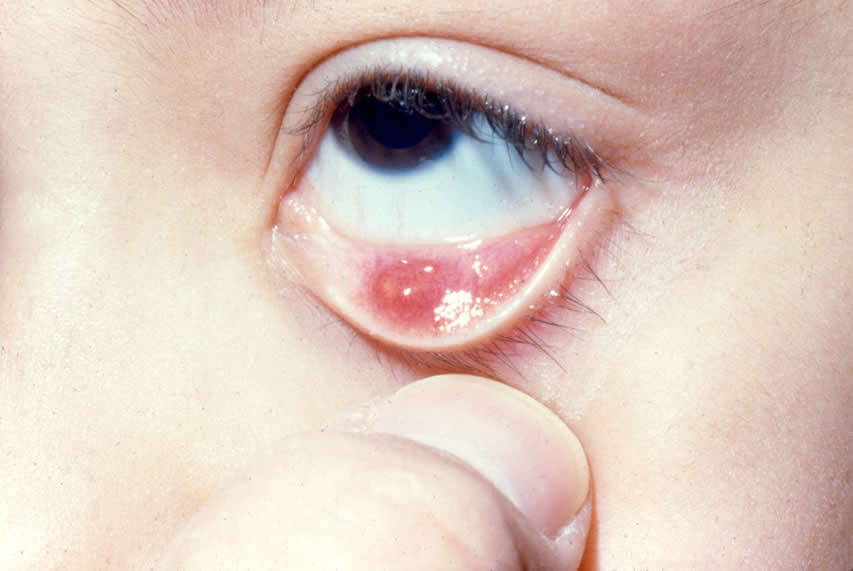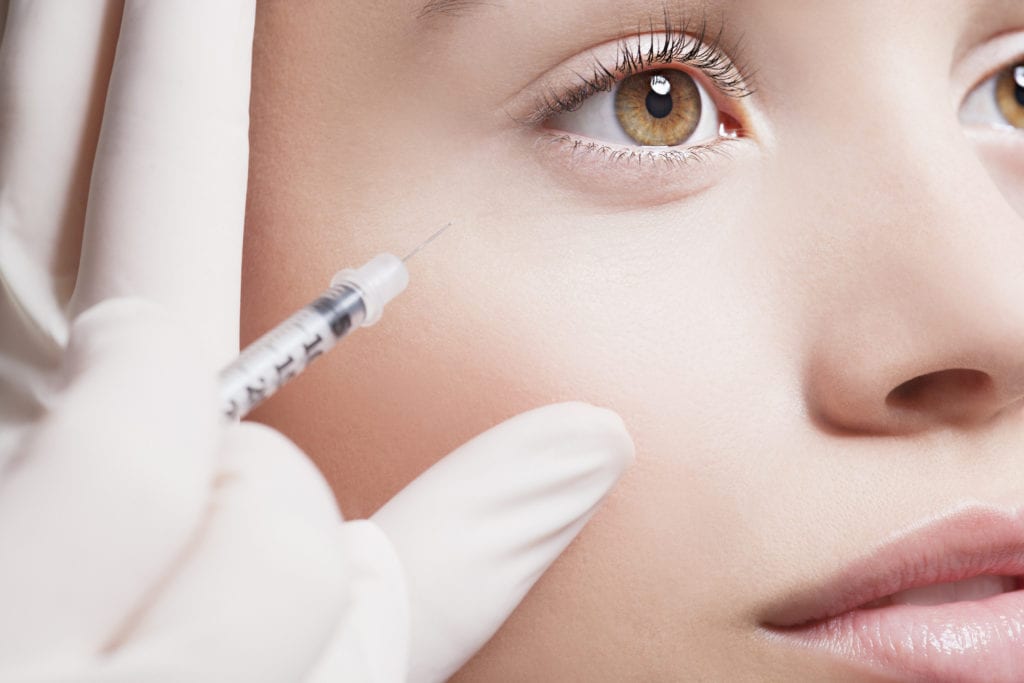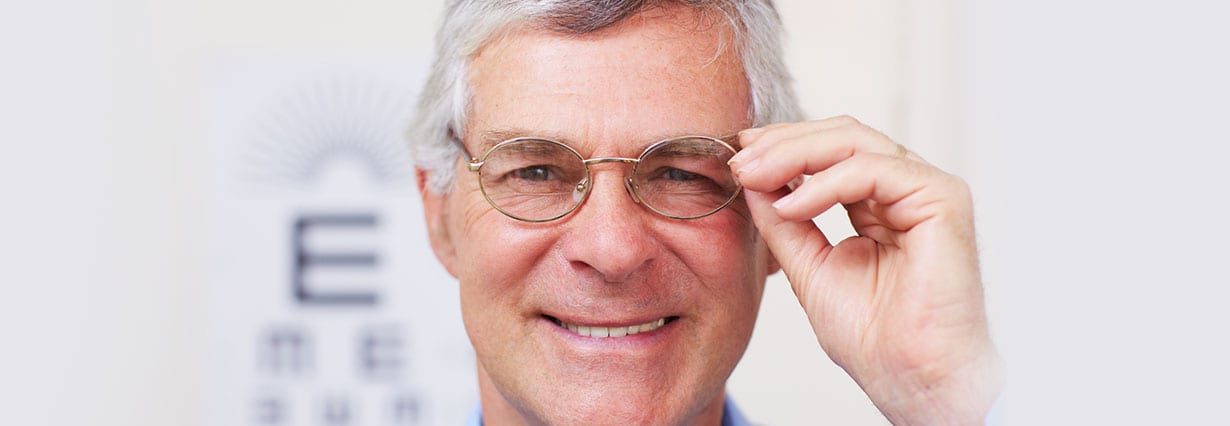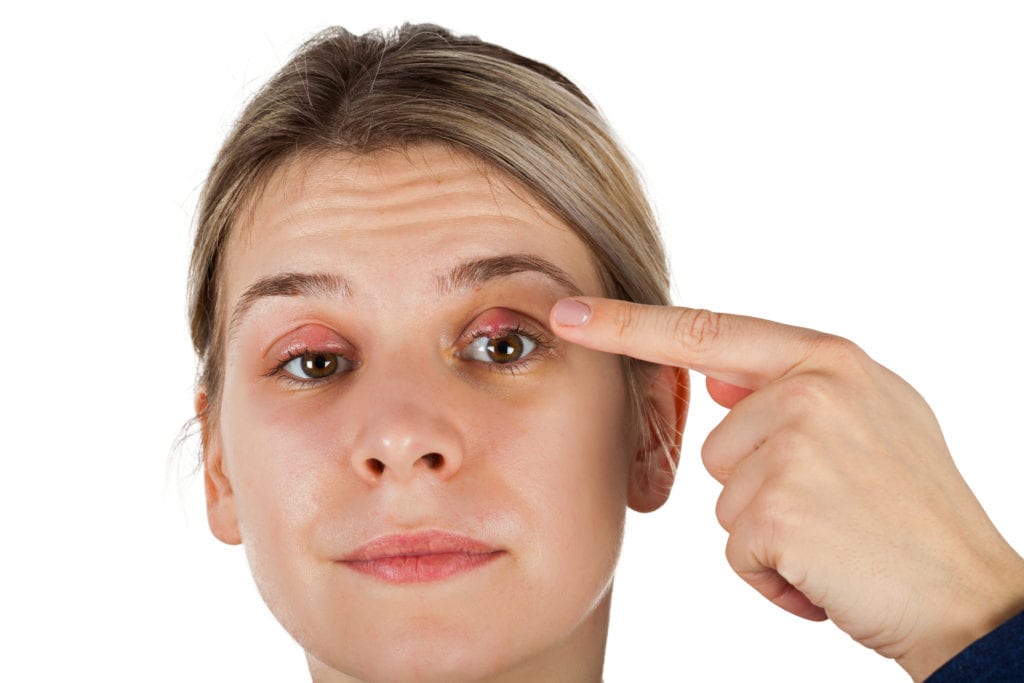Chalazion Treatment in Everett WA
What is a Chalazion?
A chalazion is a small, non-infectious lump that develops in the upper or lower eyelid due to the blockage of the meibomian gland, an oil gland in the eyelid. The meibomian gland produces fluid that lubricates the eye. While children do develop chalazions, they more commonly affect adults between the ages of 30 to 50.
If you are worried you may have a chalazion, please call our office in Everett, WA today for treatment recommendations or to schedule an appointment.
What Causes a Chalazion
There are almost 100 meibomian glands in the eyelid, located near the eyelashes. When the duct that drains the gland is blocked, the fluid becomes backed up inside the gland and forms a chalazion. One may also form as a result of an eyelid infection.
Patient Testimonial
“I had a procedure in the surgery clinic and am more than pleased by the experience. The staff of nurses are amazing. They work so well together and are all kind and caring. I highly recommend Dr Lueth.” – Donna A.
What are the Symptoms?
Symptoms include the following:
- A bump or lump in the upper or lower eyelid
- Tenderness of the eyelid
- Sensitivity to light
- Excessive tearing
- Blurry vision
- Blepharitis
- Astigmatism

If you have some or all of these symptoms, please refer to the recommended treatments below, or contact us today for more information.
How to Treat a Chalazion

- Warm compresses applied four times a day for 10 to 15 minutes each time
- Antibiotic ointment
- Steroid injection
- Surgical drainage
While older children and adults may undergo the surgical drainage procedure in a doctor’s office under local anesthesia, general anesthesia is usually recommended for removal in young children. If a chalazion recurs in the same place, our doctors may choose to conduct a tissue biopsy in order to rule out a more serious issue.


